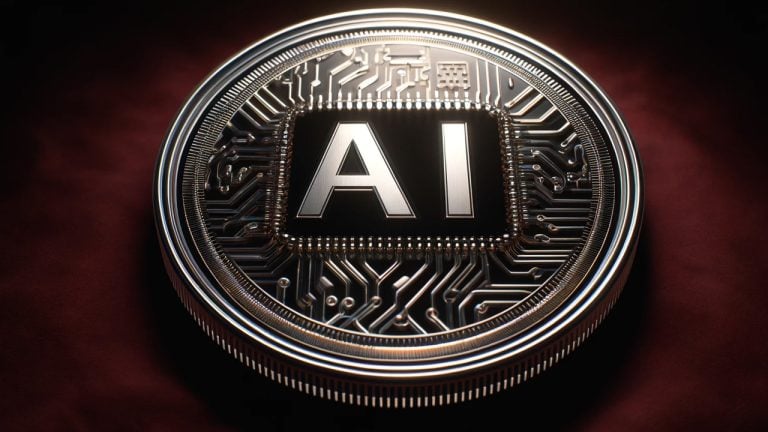Emerging Tokenized Real-World Assets (RWAs): Which Assets Hold Value and Potential?
The drive to tokenize real-world assets aims to solve the problem of crypto tokens’ underlying value. There have been proposals to use RWAs, or real-world assets, and some experiments have tried tokenizing company stock and bonds. The most bullish predictions envision the RWA market reaching $16 trillion by 2030, equivalent to tokenizing 10% of the world economy.
Recently, the Hedera blockchain gained outsized attention after using its network to tokenize one of the Black Rock Money Market Funds for the US Dollar.
Several types of projects are claiming exposure to real-world assets. Tokenization for RWA may mean:
- Generating tokens to represent products of traditional finance
- Real-estate tokens
- Physical item tokens, fungible or NFT
- Tokenized social media trends and other intangibles, prediction markets and more.
A mix of older platforms also hyped RWA looking to pivot, and to new crypto startups. The narrative suggests new assets for redistributing liquidity.
Hot RWA Projects Try to Steal the Spotlight
The recent RWA trend also led to the creation of new platforms, aiming to become the go-to place for tokenization. Tokenfi (TOKEN) caught the trend from Q4, 2023 and peaked in March at $0.21. TOKEN still aims to become an asset that reflects the growth of the RWA market, while the Tokenfi network carries the newly minted assets.
TokenFi is just one of the projects that are hyping an easy tokenization path, which includes a multi-chain launch.
The Go! is not the only platform trying to gain attention, RWA Finance and Joltify Finance on Cosmos are as well. Project, MERA Real World Assets ecosystem, and other niche projects focusing on real estate tokenization.
Is the RWA Market Regulated
Anyone can create a digital token, so most new RWA projects remain unregulated. At the same time, some platforms try to offer a KYC onboarding process.
In the European Union, tokenized assets fall under a no-intervention, hands-off approach that allows sandbox activity for new startups. RWAs were also known as security tokens, which became a trend briefly in 2021 and 2022, but did not develop further.
For US-based companies, issuing a token may require registration, to avoid the problem of knowingly selling an unregistered security. Securitize has emerged as the go-to company for regulated on-ramps and reselling, targeting mainstream investors that are not crypto natives or early adopters.
Securitize offers both business-facing regulated services, as well as consumer-facing investment tools for fractional finance, private lending and more. But a big part of the RWA market will be tied to unregulated, decentralized finance and DEX hubs, not falling under a particular jurisdiction. For those new assets and tokens, personal due diligence is a must.
Legacy Networks Offer Leading RWA Services
When it comes to real-world value, new token creation is happening through blockchains and services that have proven their reliability. After all, no one would want their RWA hacked and in the hands of unknown users.
Chainlink (LINK) is now considered a top RWA token, for offering reliable pricing and oracle services. The short selection of RWA platforms has a total market value of $18.93, and may continue to grow.
Source: Coinranking
Other lists add some of the leading L1 networks as capable of carrying RWAs. Those include Avalanche (AVAX), VeChain (VET), Maker (MKR), Synthetix (SNX) and others. Most blockchains with RWA capabilities are also DeFi hubs and focus on financial assets. VeChain is the exception, with its bid to tokenize luxury goods for the purposes of tracking.





